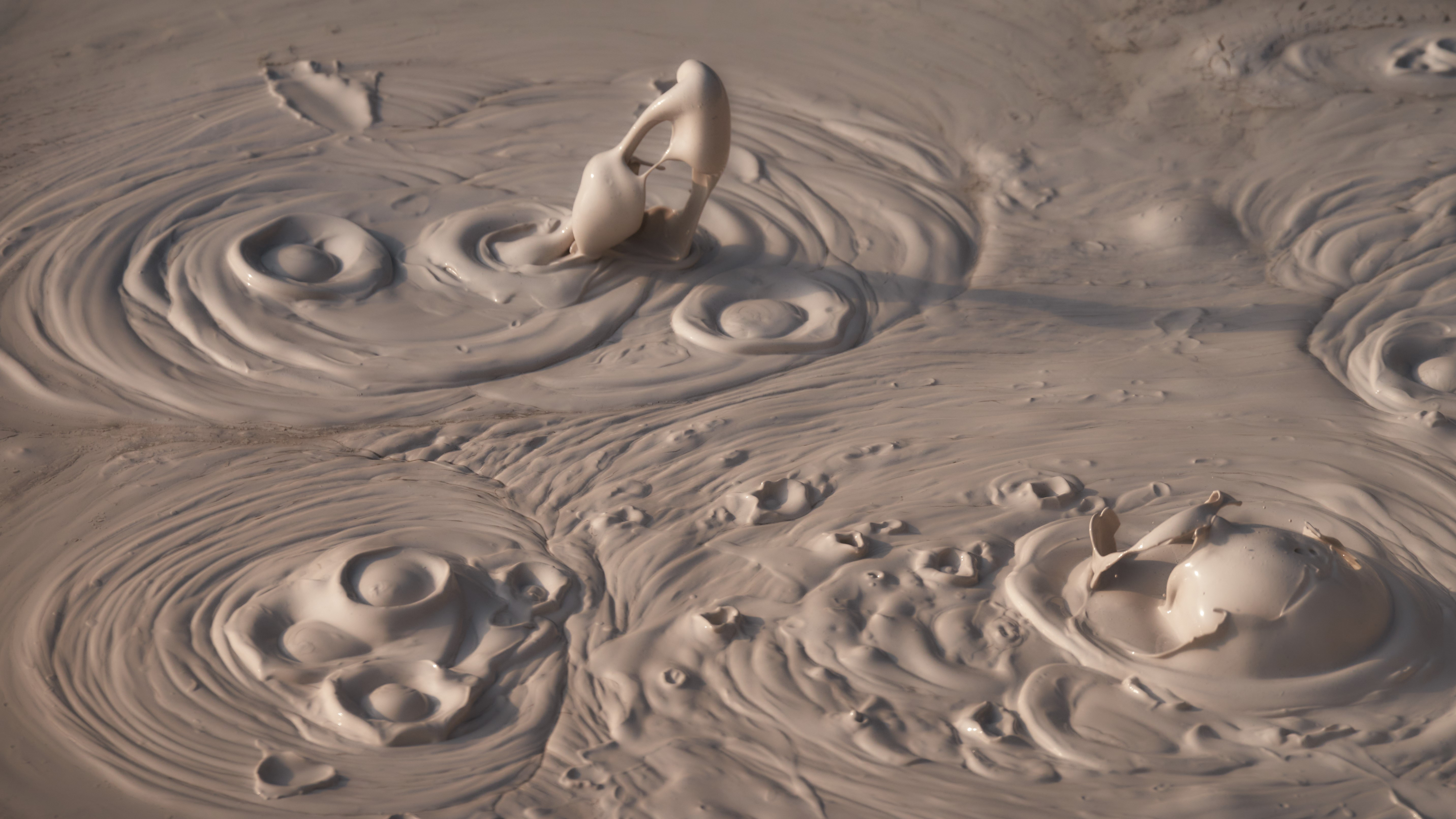
Yellowstone National Park is home to a host of geothermal features, one of the strangest of which are the mudpots in the Mud Volcano Area. These pools of roiling mud are some of the most acidic features in the park, with a limited water supply and microorganisms that produce hydrogen sulfide gas and produce a distinctive stench of rotten eggs.
Early explorers called mudpots "most repulsive and terrifying", and the heat and smell would normally be enough to keep people away even without the many warning signs erected by park staff, but some visitors still insist on wandering off the boardwalks and getting perilously close to the stinking, steaming mud.
Park visitor Milly R spotted one such incident during a recent trip, and shared a recording online as an example of what not to do. The clip, which you can watch below, shows a woman standing right next to a steaming mudpot, getting a face full of hydrogen sulfide gas.
At low levels, this can cause irritation of the eyes, nose, and throat. Higher levels can cause headaches, dizziness, nausea, vomiting, and difficulty breathing. High levels can lead to unconsciousness, coma, and even death.
That's not the only risk, either. The ground around geothermal features like springs, pools and mudpots can be extremely fragile, and the groundwater just underneath is hot enough to cause severe burns within seconds.
The NPS warns that "hot springs have injured or killed more people in Yellowstone than any other natural feature" in Yellowstone. Visitors should always stick to established boardwalks and trails, and never touch thermal features or runoff, or throw objects into pools.
"Toxic gases may accumulate to dangerous levels in some hydrothermal areas," the NPS adds. "If you begin to feel sick while exploring one of our geyser basins, leave the area immediately."







